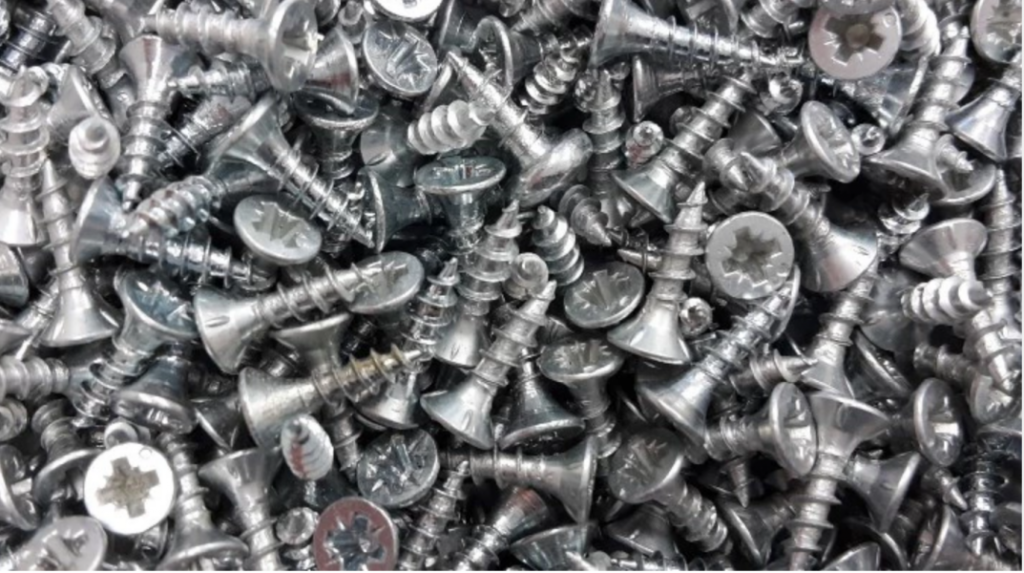

Corrosion is a well-known enemy in our industry. That’s why in our precision mechanical turnery we offer galvanizing treatments that protect metals increasing their resistance and hardness.
A zinc treatment for resistance and beauty
The zinc used for this treatment originates from an alkaline or acid solution. Surfaces glow thanks to the zinc: the glossy finish of a surface depends on the quantity of the added organic material. Zinc is not applied jut for polishing, it is even an excellent protection against external agents that cause metal corrosion, scratches and impacts.
Click here to discover more about the treatments we offer in our precision mechanical turnery.
How can zinc protect metals?
Thanks to its features, galvanizing protects metals against corrosion preventing the anodic reaction triggered by the formation of electrolytic micro-cells. Zinc is less electronegative than steel and in case of corrosion it is damaged leaving the underlying protected metal intact.
Why should this galvanic treatment be chosen?
Galvanizing is an optimal alternative compared to other galvanic treatments, such as chrome or nickel plating. It represents a high-quality coating applied with different techniques, ideal for complex geometry pieces as well. Our precision mechanical turnery works hand in hand with qualified companies who have a large experience in this field. For example, cold- and hot- dip galvanizing, electrogalvanization can be carried out by our partners.
What is the difference between galvanizing techniques?
Cold-dip galvanizing is a zinc-rich paint based on synthetic resins and used in exceptional cases when the features of treated metals are particular and complex.
Hot-dip galvanizing is one of the most common forms of galvanizing and entails a coating by immersing an object into a molten zinc at temperatures of around 450°. It is used to protect structural steel, since it has long-lasting effects and does not need periodic maintenance.
Electrogalvanizing provides the immersion of the metal in a zinc salt solution. This form of galvanizing is used for hardened steels and precision parts.
When a dark coloration is required, black chromium passivation plays an important role. This treatment guarantees an optimal corrosion resistance and an excellent coating adhesion to surfaces as well as thin passive zinc layers.
White galvanizing is a treatment for ferrous metals that increases their corrosion and oxidation resistance and it fulfils the requirements of different industries. It occurs through the application of pure and uniform zinc with a high-level aesthetic outcome.
Electrogalvanizing protects rubber and metals
Even pieces composed by rubber and metal should be taken into consideration: zinc adheres better to paint and to rubber thanks to the electrolytic process.

